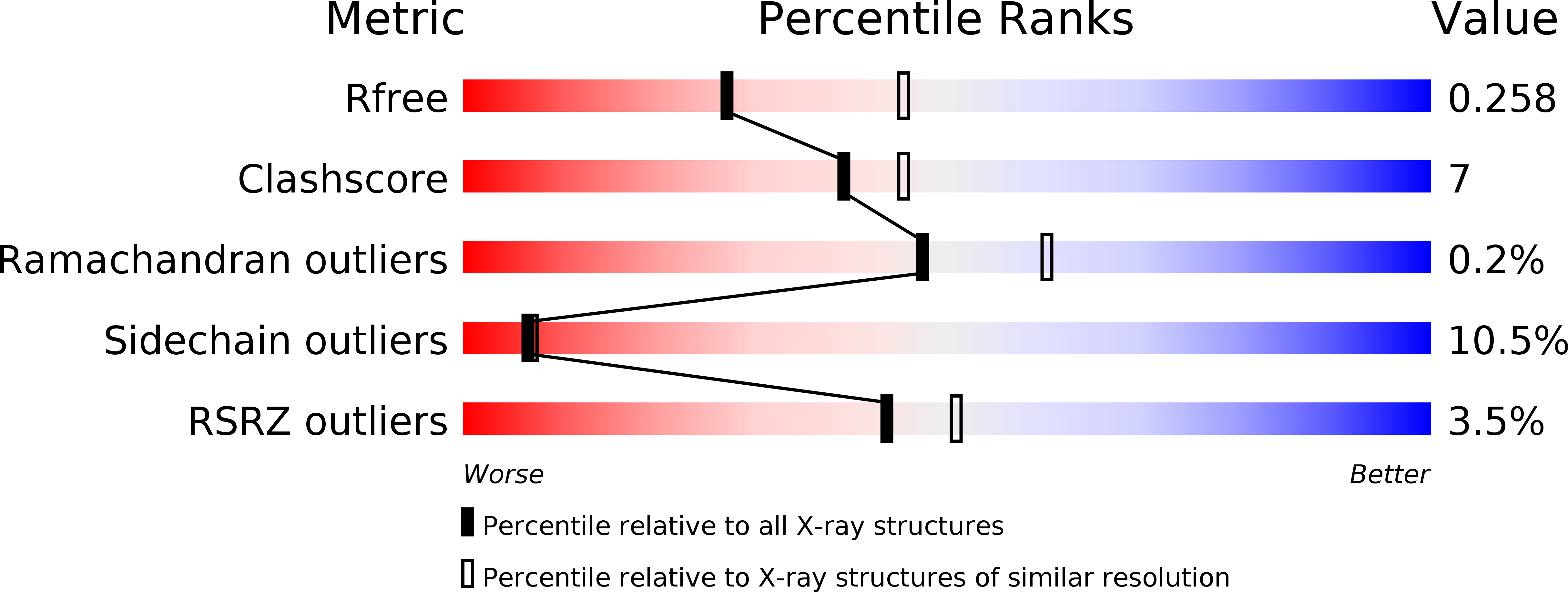
Deposition Date
2013-03-12
Release Date
2013-04-24
Last Version Date
2023-12-20
Entry Detail
PDB ID:
4BET
Keywords:
Title:
Crystal structure of the Legionella pneumophila FIC domain-containing effector AnkX protein (inactive H229A mutant) in complex with cytidine-diphosphate-choline
Biological Source:
Source Organism:
LEGIONELLA PNEUMOPHILA (Taxon ID: 446)
Host Organism:
Method Details:
Experimental Method:
Resolution:
2.55 Å
R-Value Free:
0.24
R-Value Work:
0.20
R-Value Observed:
0.20
Space Group:
P 1 21 1


